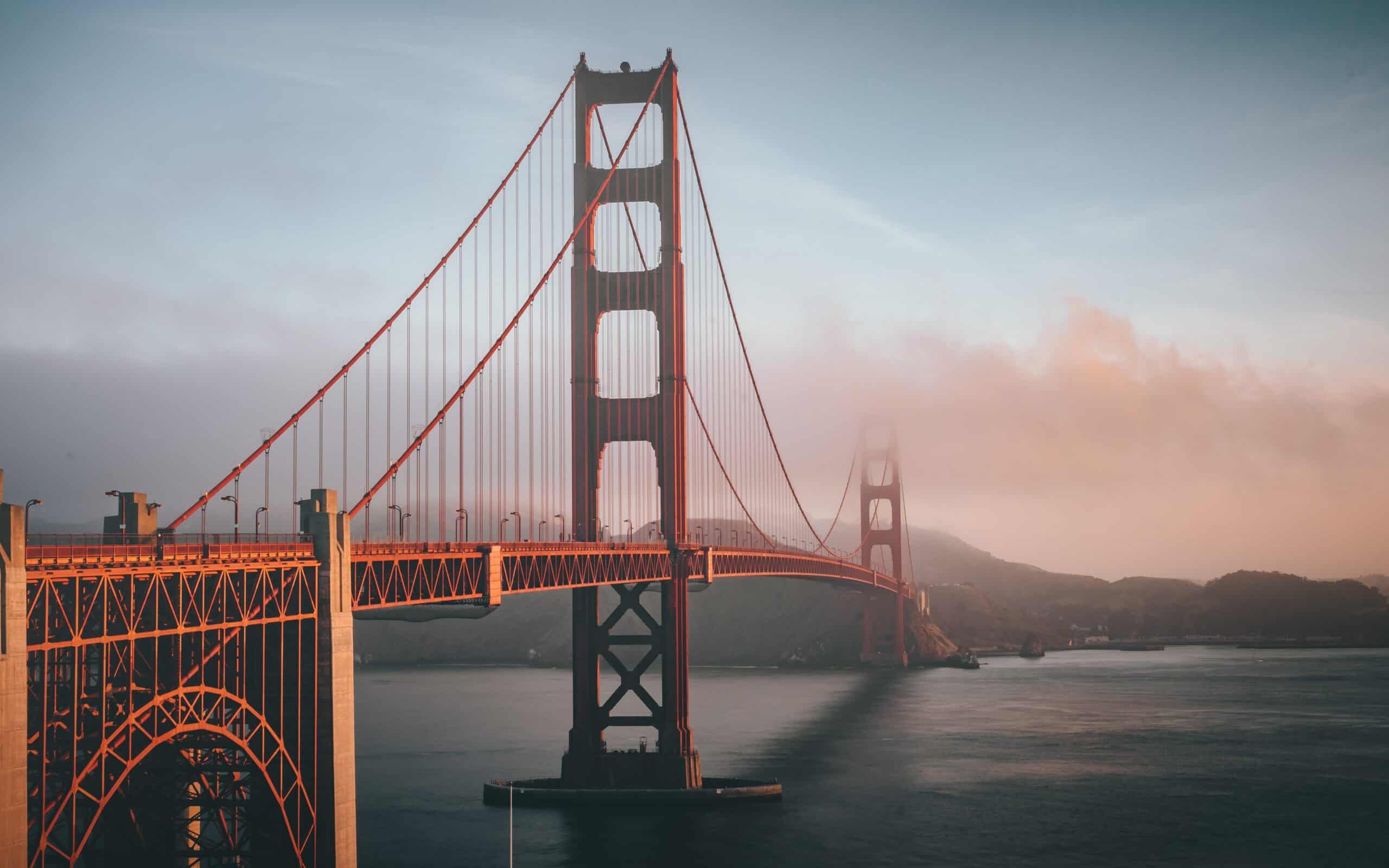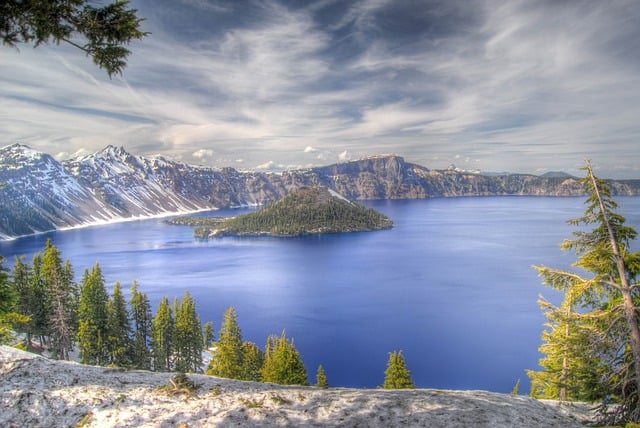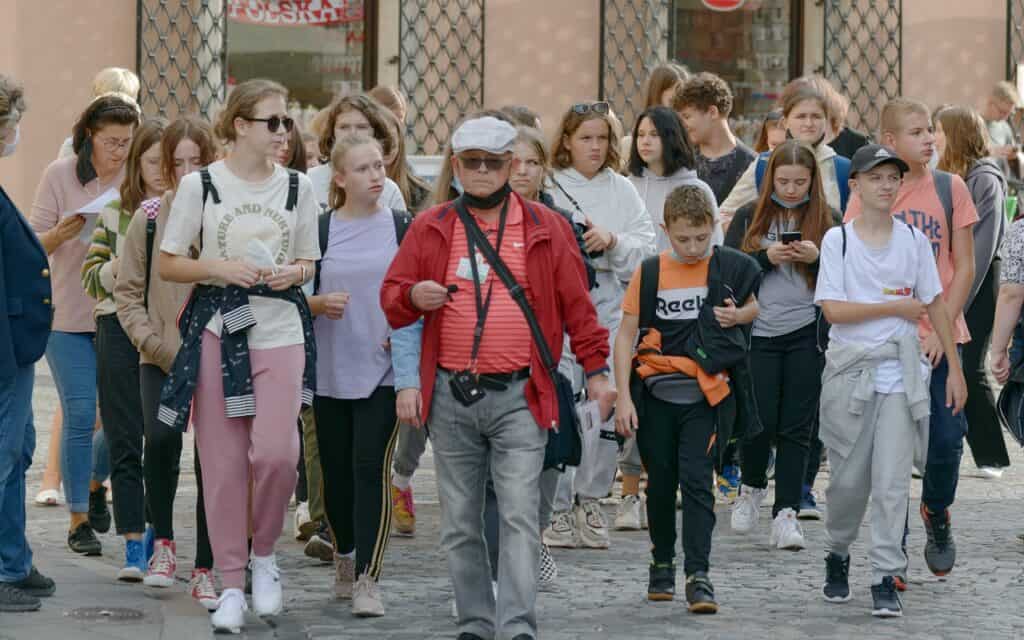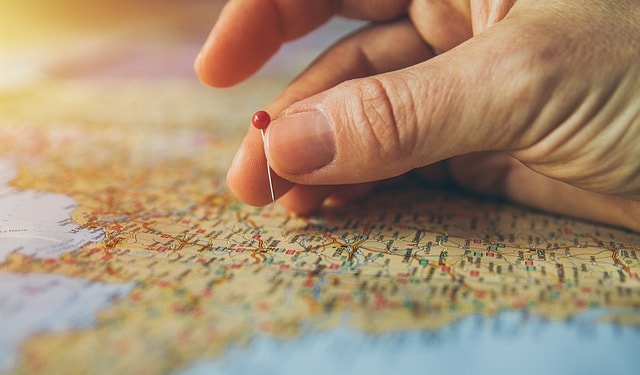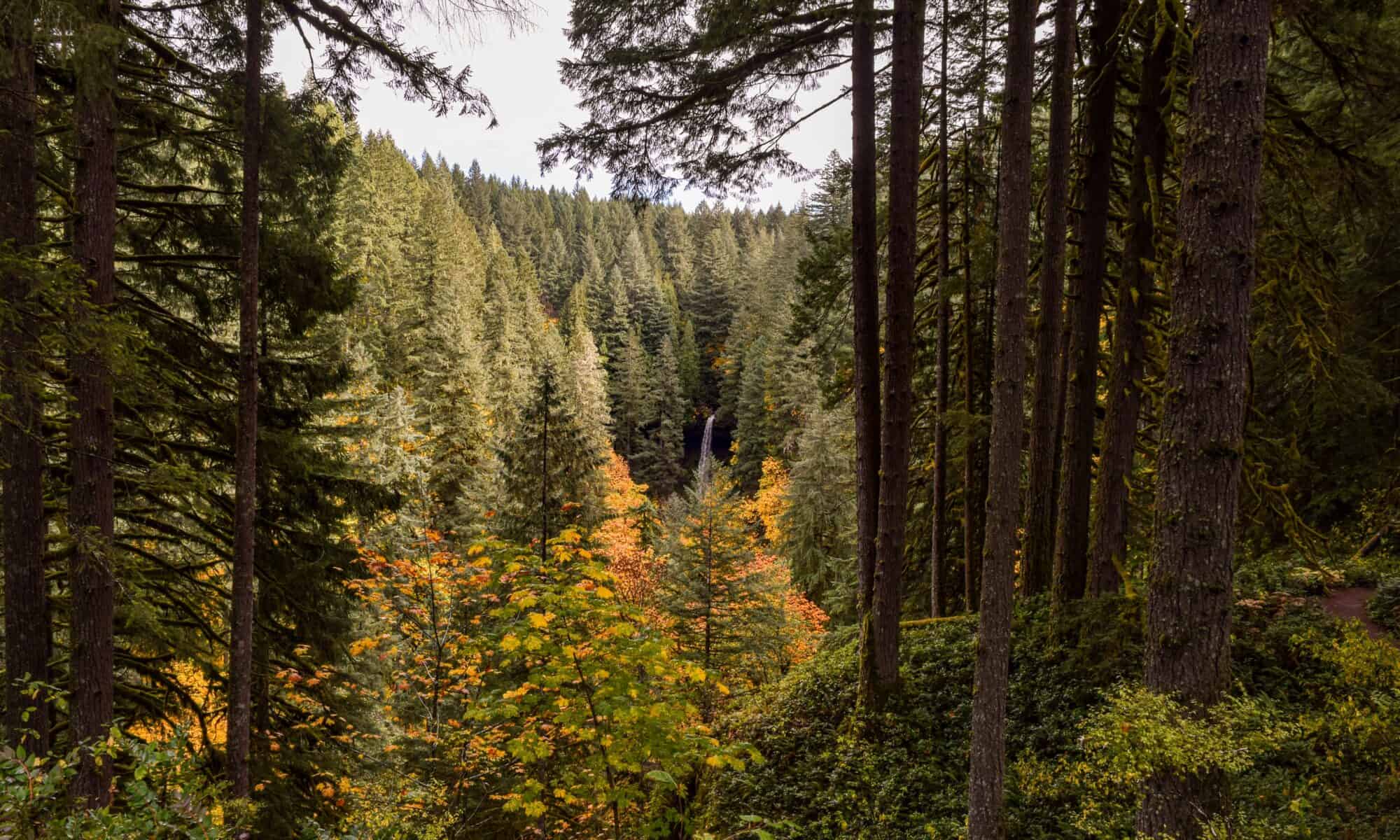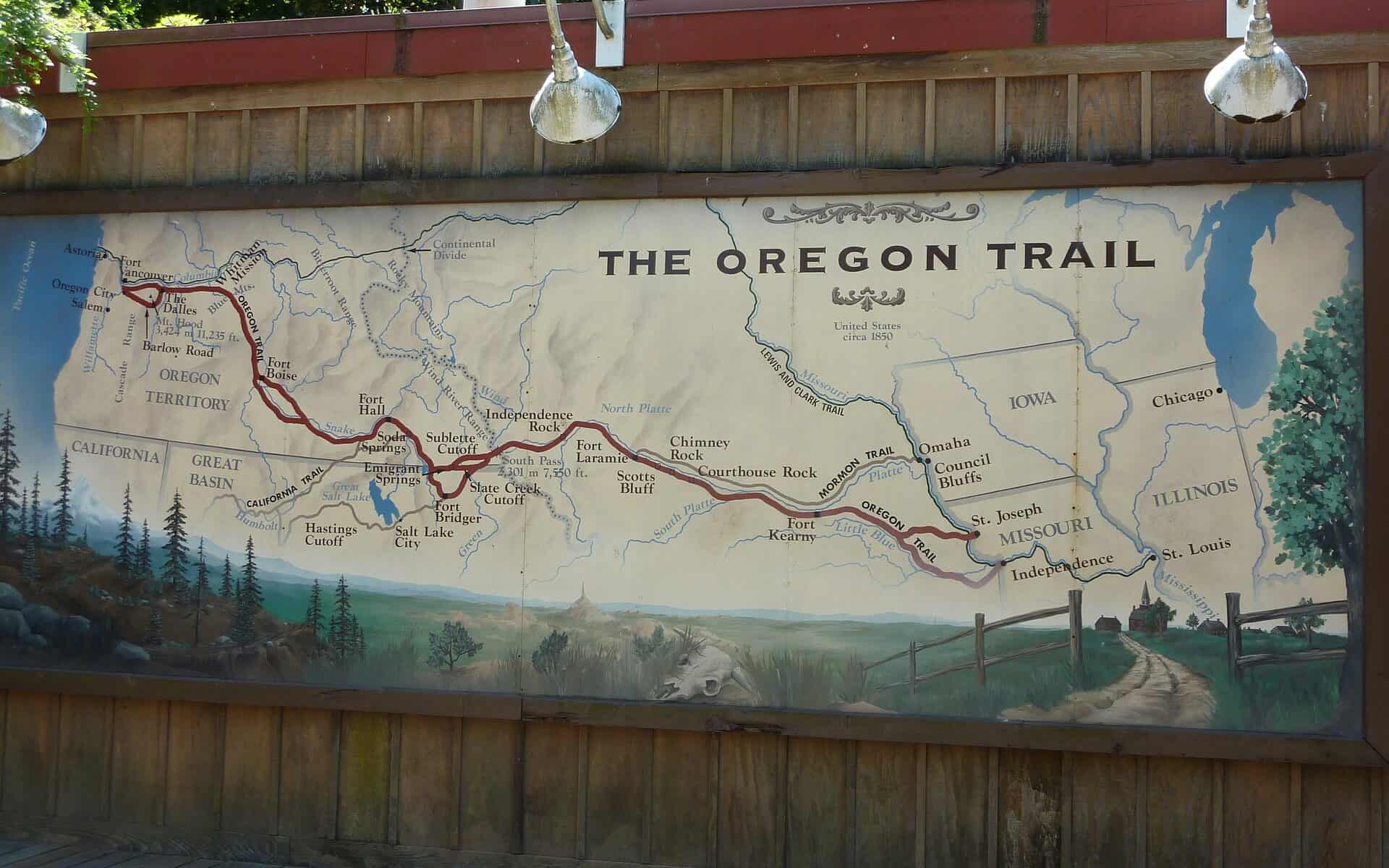Feature Image by Artodidact from Pixabay
Welcome 4th Grade!
Today, we will be starting our Oregon Trail unit!
We will:
– Set the historical context for the Oregon Trail and
– Understand the geography of the Oregon Trail
Historical Context
Let’s look at the history of the Oregon Trail using our journalist questions:
What was the Oregon Trail?
The Oregon Trail was a wagon trail that spanned about 2,000 miles.
Where was the trail?
The Oregon trail started in Independence, MO, and ended in Oregon City, OR. Along the way, travelers made stops at landmarks, or notable locations, such as forts, rock formations, and settlements. Many landmarks can still be visited today, such as Courthouse and Jailhouse Rock in Nebraska or Whitman Mission in Washington.
When was the Oregon Trail used?
While the trail was formed between the 1810s and 1840s, the largest wave of pioneers traveled along the Oregon Trail between 1846 and 1869.
Who traveled along the Oregon Trail?
Over 400,000 pioneers made their way along the trail. Amongst the pioneers on the trail were adults and children, families and single folk, slaves, and free persons looking for a better life.
Why did people travel the Oregon Trail?
Manifest Destiny was an American belief that pushed westward expansion. This belief in addition to the chance of owning land and finding gold caused many to make the 2,000-mile journey from Missouri to Oregon.
How did people travel the Oregon Trail?
Pioneers traveled in groups called wagon trains. Each wagon train consisted of 30 or more wagons, or prairie schooners, that were pulled by teams of horses or oxen. Additionally, because the pioneers had packed all their belongings in the wagons along with food and medicine for the journey, there was little room for traveling in the wagons. Because of this, many pioneers traveled on foot alongside the wagons and any livestock they had brought with them.
Map Analysis
Below is a map of the Oregon Trail. Take a couple minutes to examine it before we discuss it as a class.
Discussion Questions
-What is do you notice about the map as the trail moves westward? What happens to the terrain, or land?
-What landforms do you see on the map along the trail in Colorado, Wyoming, and Idaho?
-Recall our lesson on geographic features in the US. Which notable geographic features would the pioneers on the Oregon Trail have passed through?
-Using what you know about how the pioneers traveled along the trail, which parts of the trail do you think would have been the toughest? How do you think the pioneers overcame these obstacles?
Coming Attractions
Next class, we will look at:
-Life on the Oregon Trail and
-Interactions between pioneers and indigenous peoples along the Trail
Lesson Vocabulary
Landmark: a notable feature or object of a landscape that is easily recognizable
Manifest Destiny: an American belief that fueled westward expansion efforts in North America
Wagon Trains: a group of wagons that travels together
Prairie Schooner: another name for a covered wagon that comes from the bonnet shape of the wagon’s canvas cover
Terrain: a synonym for land
Landform: a feature of the land such as a mountain, plain, plateau, peninsula, etc.




